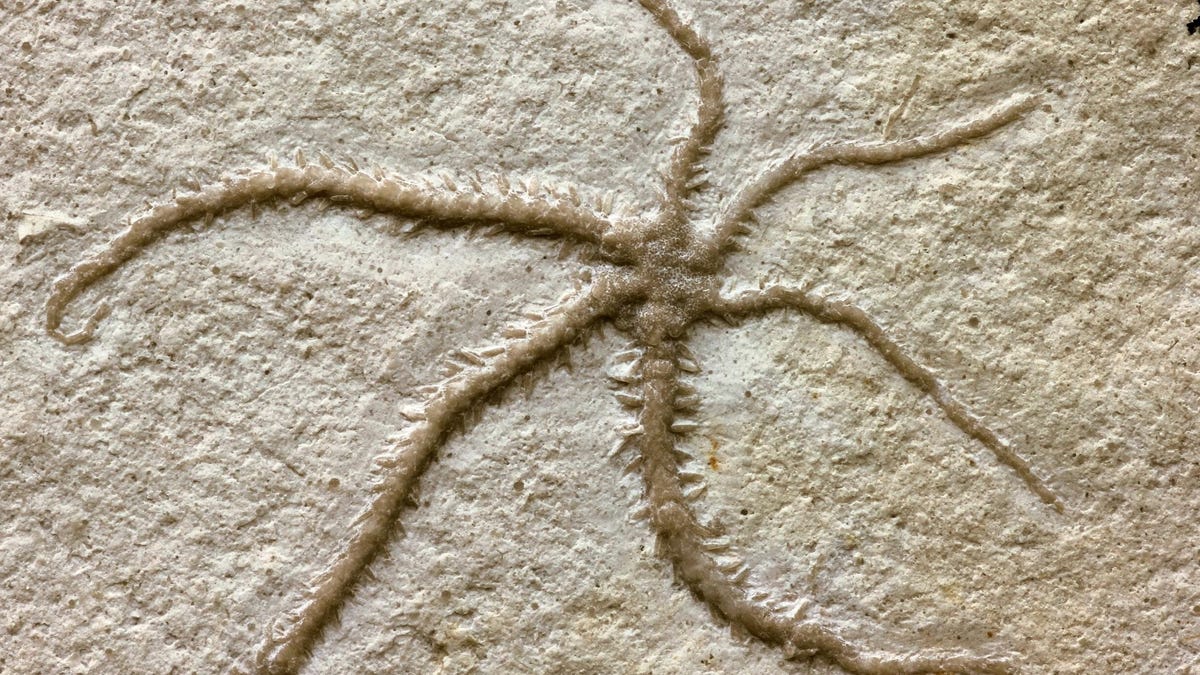Ancient Brittle Star Fossil Unveils Cloning Process
The discovery of an ancient brittle star fossil showcasing a unique cloning process has intrigued researchers in the field of paleontology. The fossil, uncovered during a 2018 excavation in a limestone deposit in Germany, captures a rare moment in which the brittle star was regenerating three of its arms as it approached the end of its life cycle.
Examining the specimen closely, experts noted that the three arms on the fossil’s right side appeared thinner and slightly shorter than those on its left side. This observation led to the conclusion that the brittle star was in the process of cloning itself, a phenomenon rarely seen in the fossil record. The fossil, now identified as a newly defined species called Ophiactis Hex, dates back to the Late Jurassic period, approximately 150 million years ago.
Unique Characteristics of Ophiactis Hex
Unlike conventional starfish, brittle stars belong to a different class of echinoderms, although they share a common ancestry. While many brittle stars typically have five arms, O. hex exhibited a distinct six-fold symmetry without any indications of accidental limb additions. This suggests that the individual had a naturally hexamerous body structure prior to its cloning process.
The study, published in the Royal Proceedings of the Royal Society B, sheds light on the evolutionary history of brittle stars and their unique abilities, such as cloning and regeneration. The researchers speculated that O. hex likely had an epizoic lifestyle, living on a host organism, potentially sponges in the same ecological niche.
Implications of the Fossil Discovery
While the fossil provides valuable insights into the behavior and morphology of ancient brittle stars, it also raises questions about their evolutionary adaptations and survival strategies. The presence of a specimen undergoing cloning adds a new dimension to our understanding of marine life in prehistoric times.
Further research and analysis of the fossil may reveal additional details about the genetic makeup and ecological interactions of brittle stars during the Jurassic period. Despite the challenges of interpreting fossil evidence, the discovery of the Ophiactis Hex specimen represents a significant contribution to paleontological studies and highlights the intricate processes of regeneration in ancient marine organisms.
Image/Photo credit: source url





